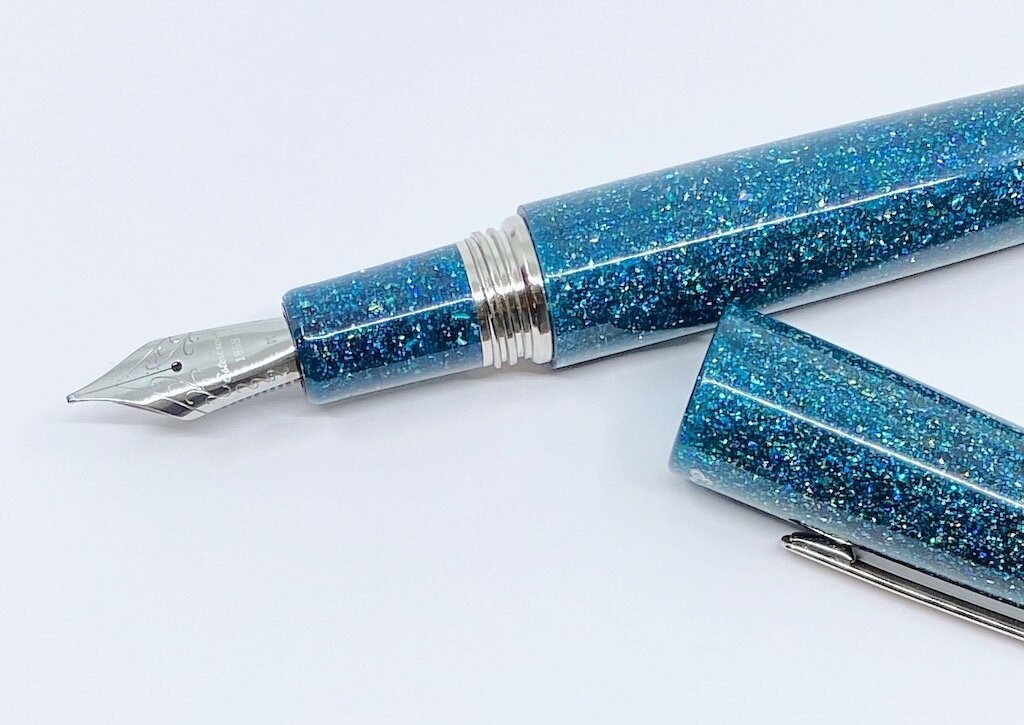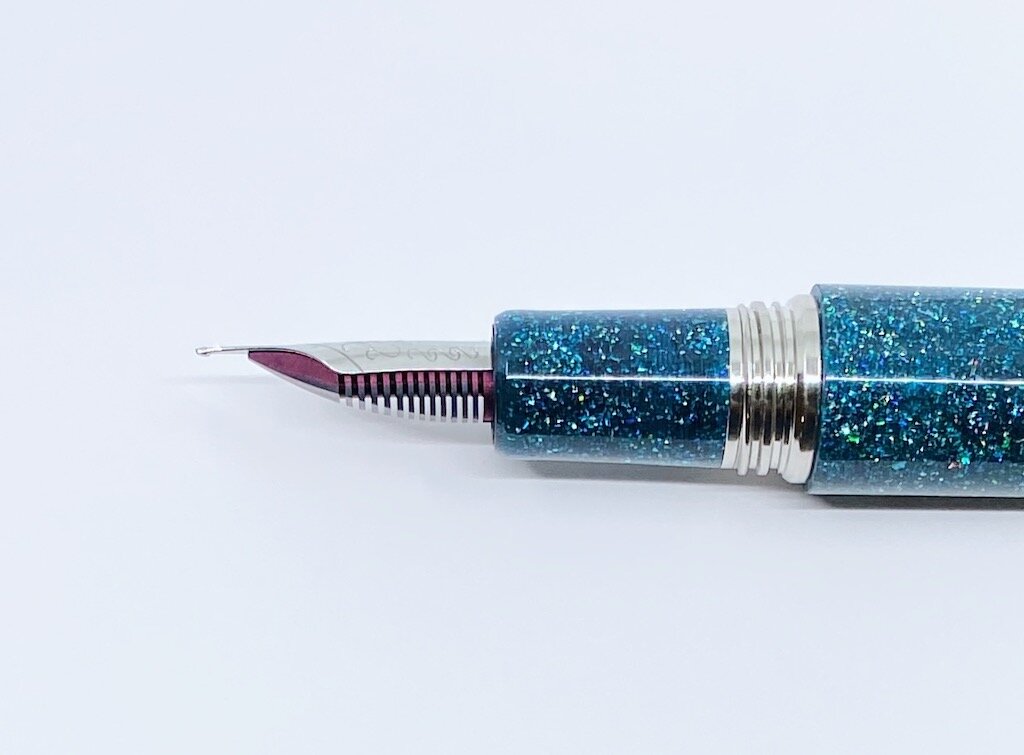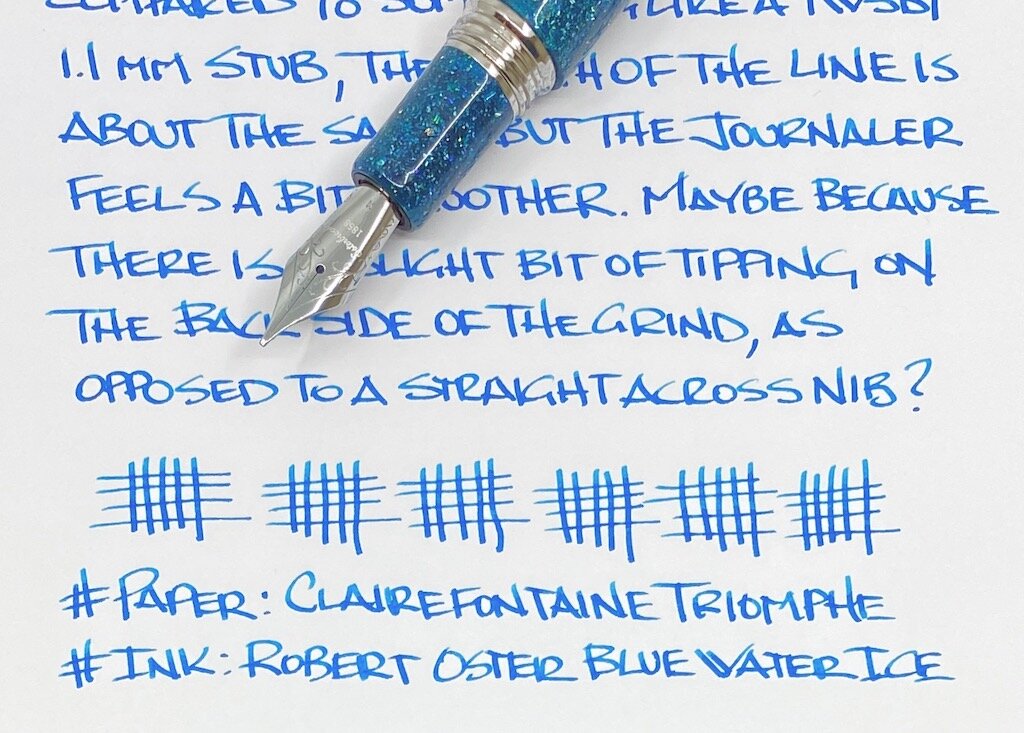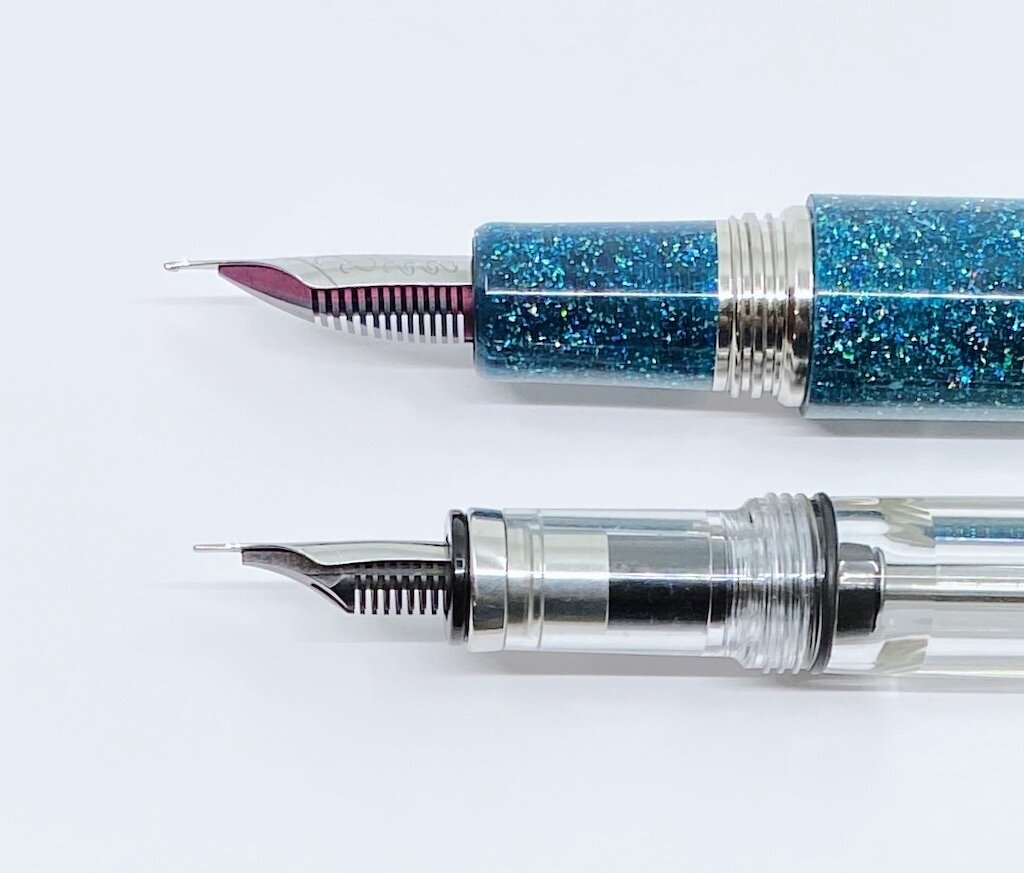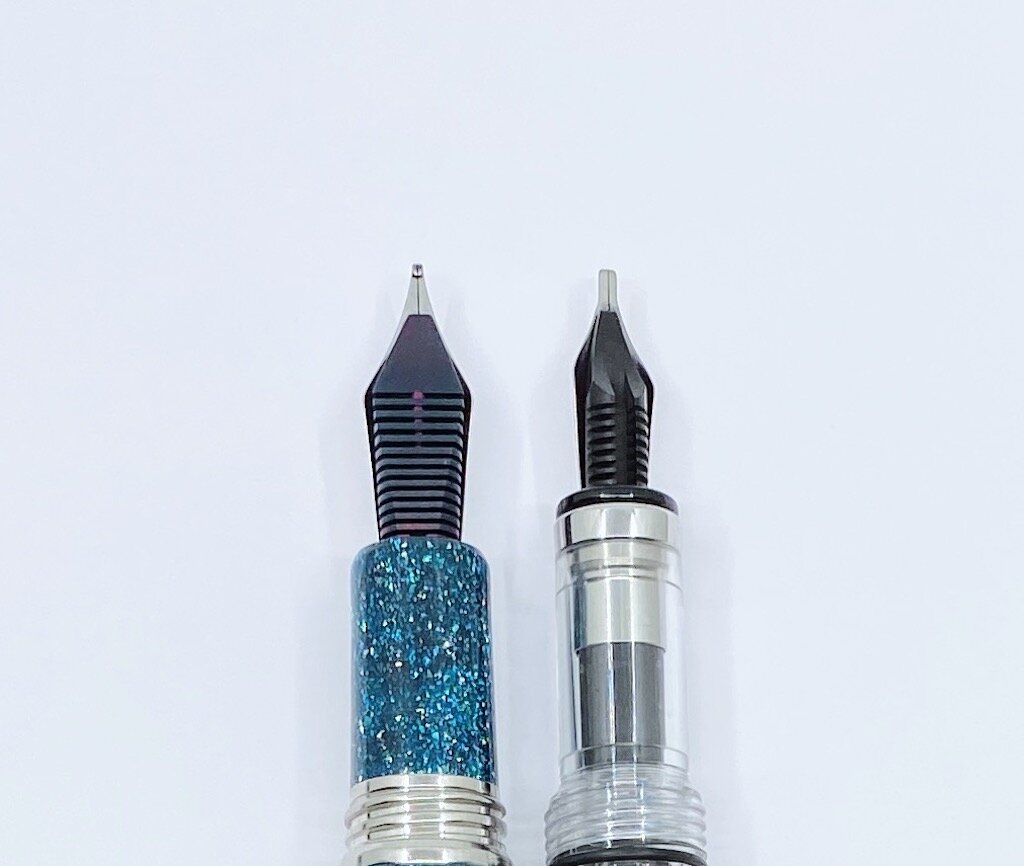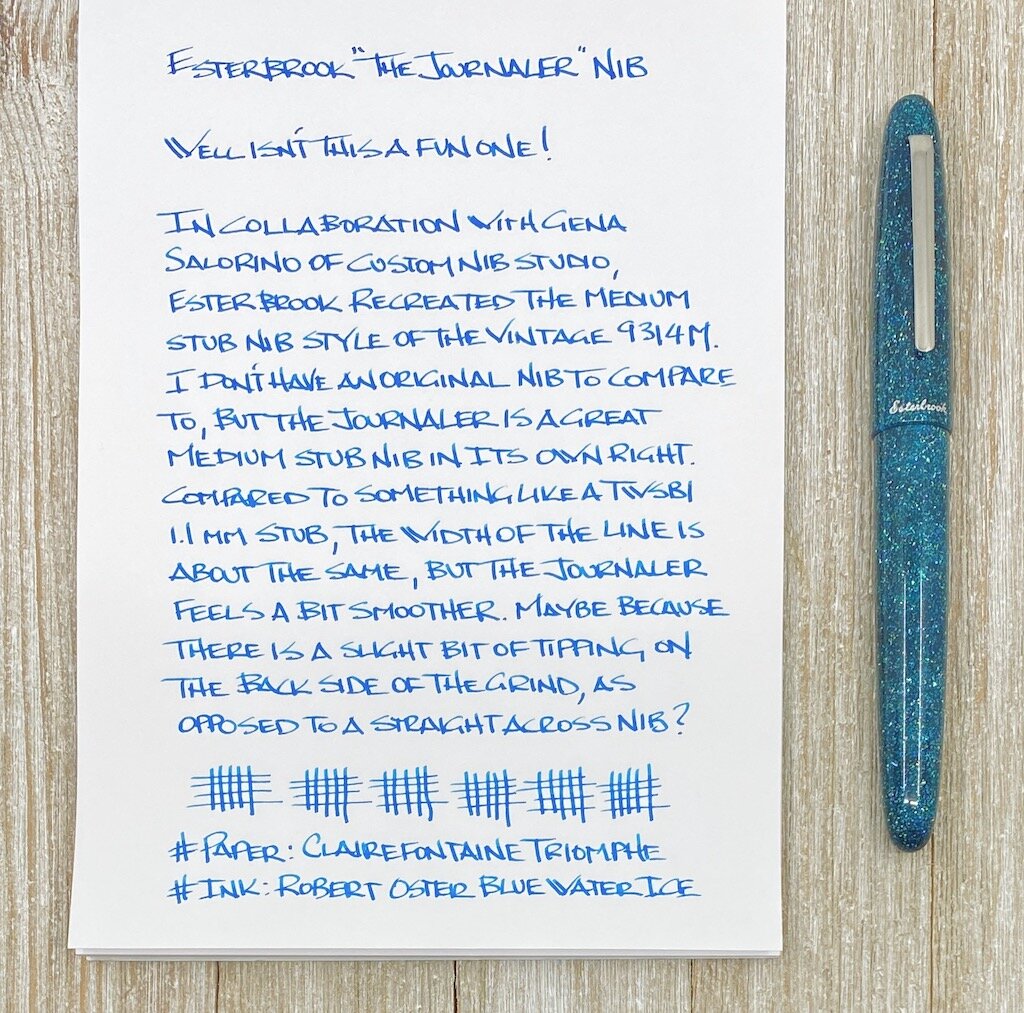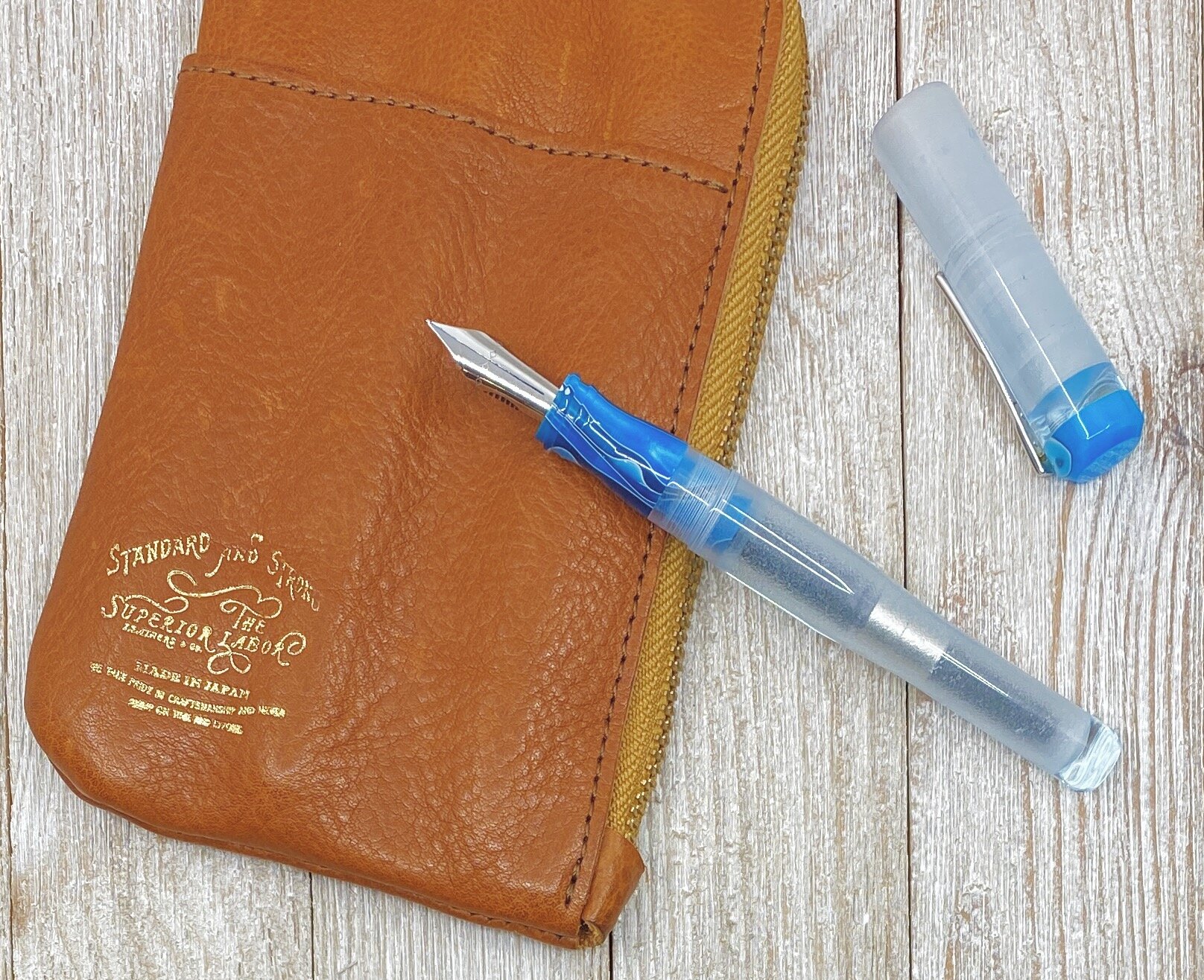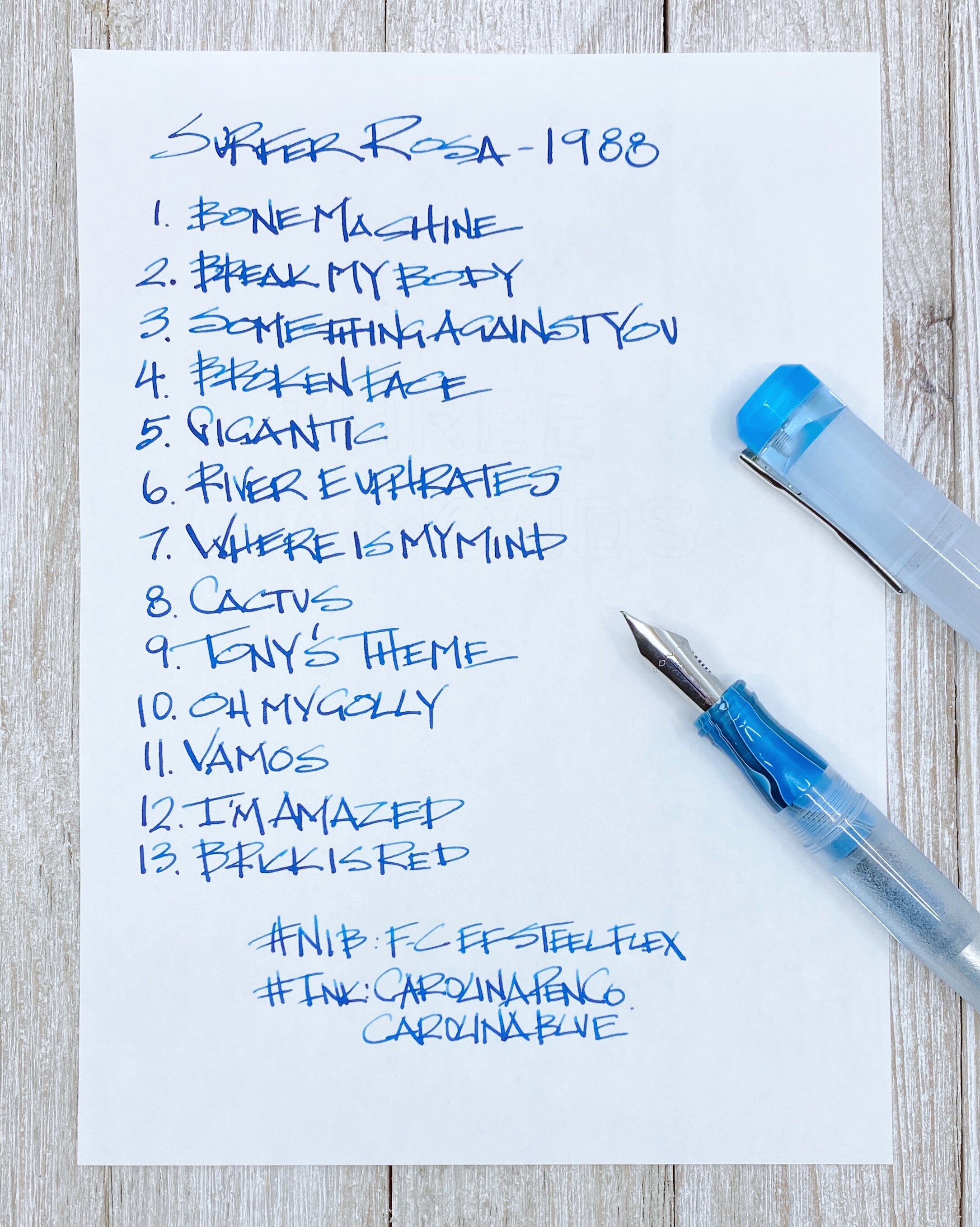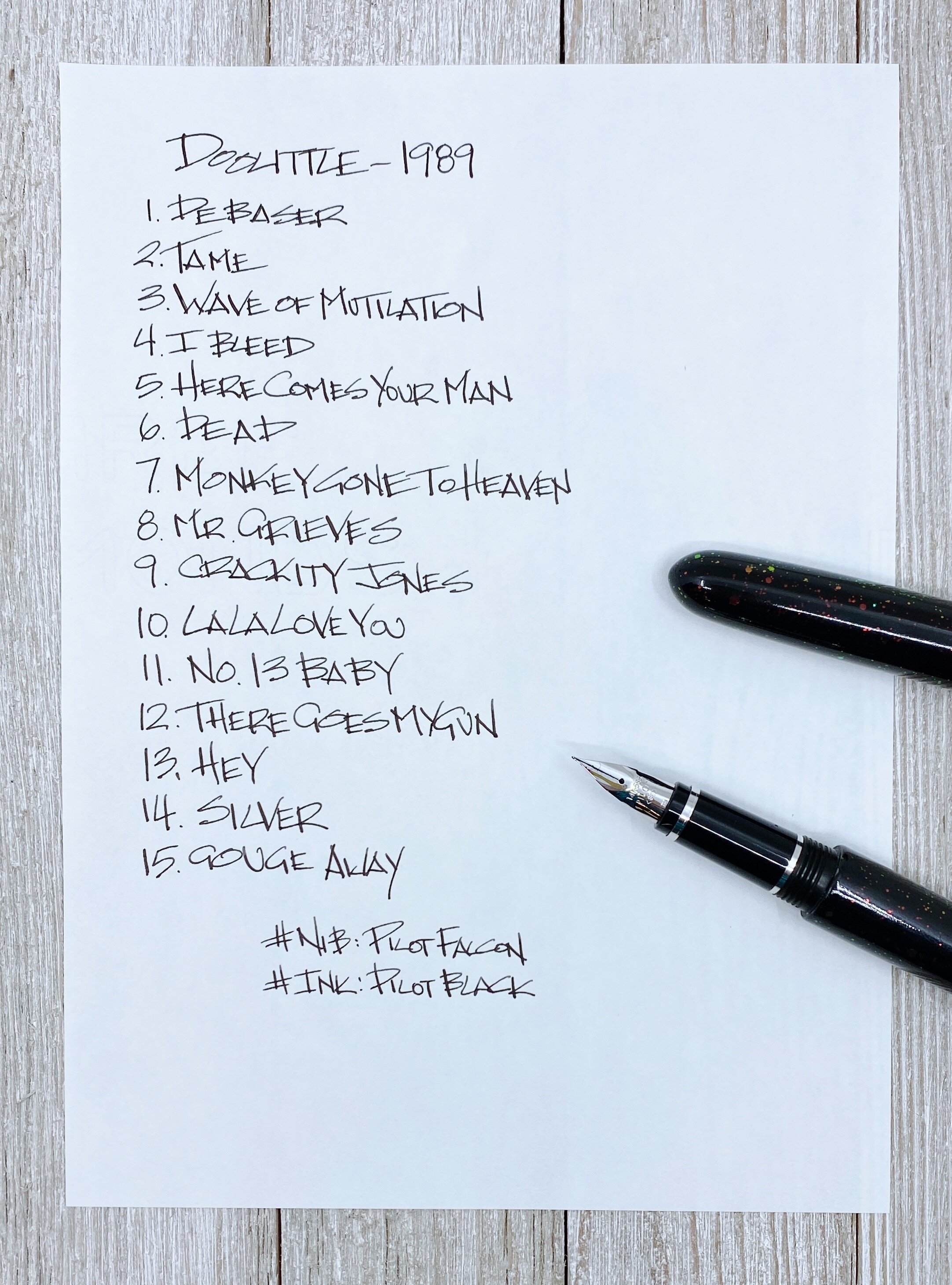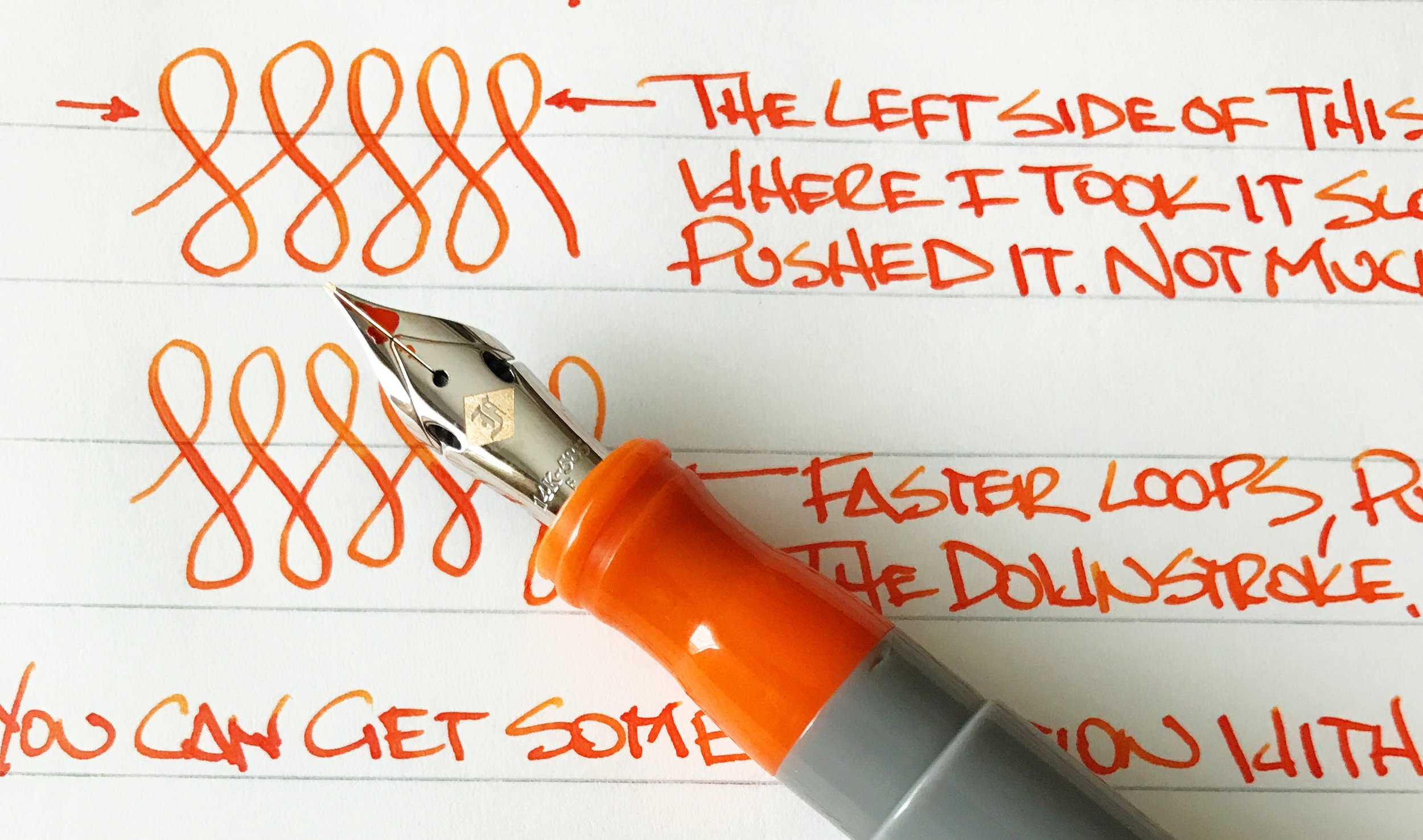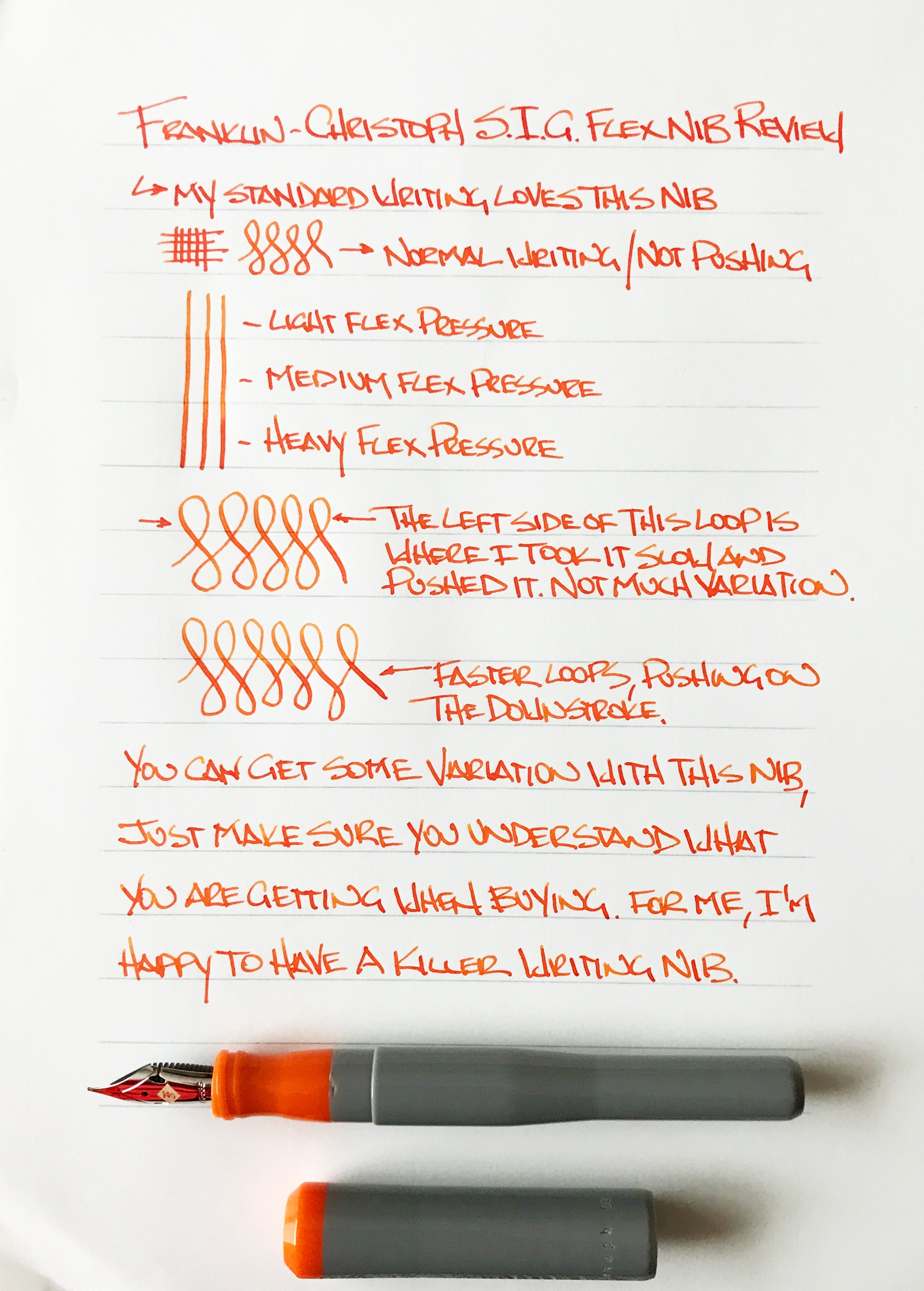It’s rare when I review a stand-alone nib product on The Pen Addict, but in the case of The Journaler, I think that it is more than worthwhile to discuss.
The Journaler is a collaboration between Esterbrook and Gena Salorino, of Custom Nib Studio. The idea behind this product was to create a nib grind that would mimic the experience of a vintage Esterbrook nib. In this case, the 9314M - a classic medium stub grind.
So to get us all on the same page here: A pen company I like is working with a nibmeister I like to create a modern version of a vintage nib style that will work perfectly my handwriting.
You had me at hello.
Before I get into the performance of this nib (Spoiler: It’s great.) I want to discuss the idea of this nib. Pen companies that go out into the community to work with other creators will always get my attention, and support. It’s a sign to me that these companies get it. I love to see it, and I will love seeing this continue, not only with Esterbrook, but with other brands who do the same.
To quote from Esterbrooks product page for The Journaler:
“The idea is that it’s smooth and friendly enough for everyday use, gives your writing some flair, all without being too huge for practical writing.”
I think this description is exactly right. I’ve been able to use The Journaler regularly over the past month, and it gives a perfect medium stub line. Being a steel nib it is firm, and the line variation is moderate. Vertical strokes are wide - I’m guessing somewhere around 1.0 mm - and horizontal strokes cut the line width approximately in half to give your letters a great look.
While this nib grind is tailor-made for my block printing handwriting style, cursive writers will enjoy smooth lines and good variation as well. All in all, it’s a complete joy to write with.
The Journaler, top, vs. TWSBI 1.5 mm Stub.
I chose Robert Oster Blue Water Ice to use with this nib to see what shading I could get out of it, and it was a solid choice for that. The way stub nibs work is that the wide part of the nib on the downstroke pulls the ink down, giving the top of the line a lighter color than the bottom, where the nib lifts up and the ink pools. Shading is the best feature of fountain pen inks, in my opinion.
The Journaler has been a great nib for me, and I think many of you would like this as an option if you are looking at picking up a new Esterbrook Pen. This nib isn’t available separately, but is available as a $50 upgraded nib choice (check the dropdown) when buying a Standard or Oversized Esterbrook Estie. That puts it in line with getting a custom grind on your nib at any pen show.
I love this product, and I love this concept even more. I can’t wait to see what’s next from Esterbrook, and from other brands who are looking to work with other makers in our community.
(Kenro Industries provided this product at no charge to The Pen Addict for review purposes.)
Enjoy reading The Pen Addict? Then consider becoming a member to receive additional weekly content, giveaways, and discounts in The Pen Addict shop. Plus, you support me and the site directly, for which I am very grateful.
Membership starts at just $5/month, with a discounted annual option available. To find out more about membership click here and join us!

